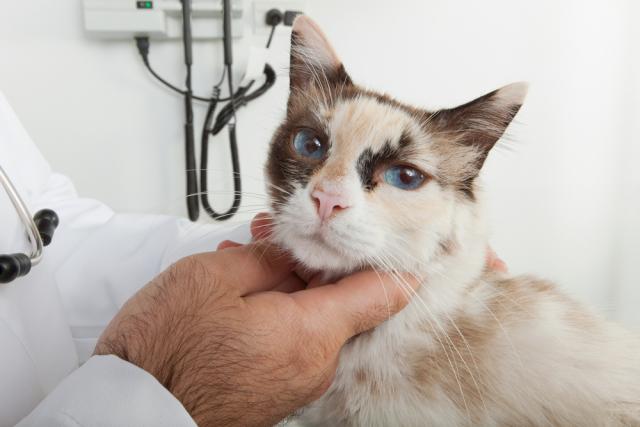neoplasia in cats nose
The lesions may extend into the nasal planum from the bridge of the nose in more severely affected cats and there may be regional lymphadenopathy 8 9. Abscesses which are the accumulation of pus in fluid-filled nodules and may be caused by an infection due to a bite or wound.

Nose Cancer In Cats Causes Symptoms Treatment All About Cats
Symptoms of nasal cancer in cats can remain concealed for as long as five years until the disease presents itself as a serious threat.

. One such condition is coagulopathy a condition where the blood is not coagulating as it should. The reason for the swelling is due to the cats immune response. The most common primary intraocular neoplasm in cats is diffuse iridal melanoma which presents as progressive hyperpigmentation of the iris with an expanding irregular surface.
Head trauma or injury. Cancer also called neoplasia presents in many different often nonspecific ways in cats. A bleeding nose can be the result of several conditions.
Galloway P E Kyles A Henderson J P 1997 Nasal polyps in a cat. Nasal trauma or injury. 14 Nevertheless these neoplasms continue to be frequently reported in the literature.
There are several other possible causes for nose bleeds. Two cases of feline paraneoplastic alopecia associated with a neuroendocrine pancreatic neoplasia and a hepatosplenic plasma cell tumour. Foreign body in nasal or sinus passage.
Théon A P Peaston A E Madewell B R et al 1994 Irradiation of nonlymphoproliferative neoplasms of the nasal cavity and paranasal sinuses in 16 cats. Nasal vestibule is the most common site for feline nasal SCC malignant melanoma and basal cell tumor. Neoplasia or nasal polyps are growths of the mucus membrane in the sinuses.
Viral infections including feline leukemia and immunodeficiency viruses. Once the tissue sense the presence of a pathogen the cats immune response sends antibodies to its location and inflammation occurs as they fight it off. A wound or injury that is not apparent such as from a snake bite.
There may be a crusty area on the ulcer and the cat may have loss of appetite fever and depression. Unlike the symptoms of liver. Incidence is also higher in males of both species than in females.
We highly recommend using a natural supplement such as our Sinu Support for Cats. Pupillary abnormalities secondary glaucoma due to iridocorneal angle obstruction and buphthalmos occur late in the disease. In dogs nasal tumors are nearly all malignant and slightly 60 are carcinomas of which.
Some of the most common nose skin diseases in cats are. This blend of vitamins and herbs will ease the symptoms and clear up. Nonocular melanocytic neoplasms are often considered rare neoplasms in cats reported to account for less than 1 of all feline oral neoplasms and approximately 05 of feline cutaneous tumors.
A nasal tumor is a type of cancer that results from the disorganized uncontrolled production of cells that line the nasal airway. In cats the most common nasal tumor is nasal lymphoma. The nodules may open and drain.
The symptoms of nasosinal tumors can overlap with those of other causes of nasal disease. Liver or kidney disease. Benign nasal tumors include adenoma 19 of epithelial tumors in cats basal cell tumor fibroma and neurofibroma.
Older cats might develop the conditions from dental disease or neoplasia which is the growth of abnormal tissue. Gastric neoplasia is not common in the cat and non-lymphoid tumors are rare. While cancer is usually diagnosed in senior cats certain cancers can develop in cats of any age.
Tumors of the nose and paranasal sinuses account for 12 of all canine or feline tumors. Disease like cancer in an organ leukemia or a number of other diseases. Final diagnoses in these cats were rhinitis in 27 primary nasal neoplasia in 21 and non-nasal disease in 16.
JSAP 38 2 78-80 PubMed. The mean age at time of diagnosis is 9510 years for dogs and 12 years for cats. Epistaxis in Cats.
The incidence in dogs is twice that in cats. In cats there is some indication that chronic rhinitissinusitis may be an initiating factor for the subsequent development of nasal neoplasia. Nasal adenocarcinomas originate from the glandular cells eg sebaceous glands in the nasal cavity.
2 4 Unlike in dogs 13 however there are no defined prognostic features for feline. What are the symptoms of nasosinal tumors in cats. JAVMA 204 1 78-83 PubMed.
In cats there is an indication that inflammation of the mucous membrane lining the nose or one of the paranasal sinuses may be the trigger that leads to a growth in the nasal cavity. In dogs the most common nasal tumor is nasal adenocarcinoma. The signs with highest predictive value for nasal neoplasia were displacement of midline structures 73 unilateral generalised soft tissue opacity 70 unilateral generalised loss of turbinate detail 69 and evidence of bone invasion 64.
Parasites such as ticks and fleas an also cause swelling on the cats nose. These signs can include nose bleeding discharge difficulty breathing sneezing facial swelling facial deformity due to growing mass eye discharge weakness andor weight loss. There are many different forms of cancer and since the symptoms are so varied any lumps or bumps wounds that dont heal changes in behavior including appetite weight litter.
Common causes of epistaxis in cats and other companion animals include. Nasal lymphoma has been reported in FeLV positive as well as FeLV negative cats. Dogs and cats of our society have outgrown their status as merely pets and are now considered our close companions and even family members.

Diseases Of The Feline Nasal Planum Vet Focus
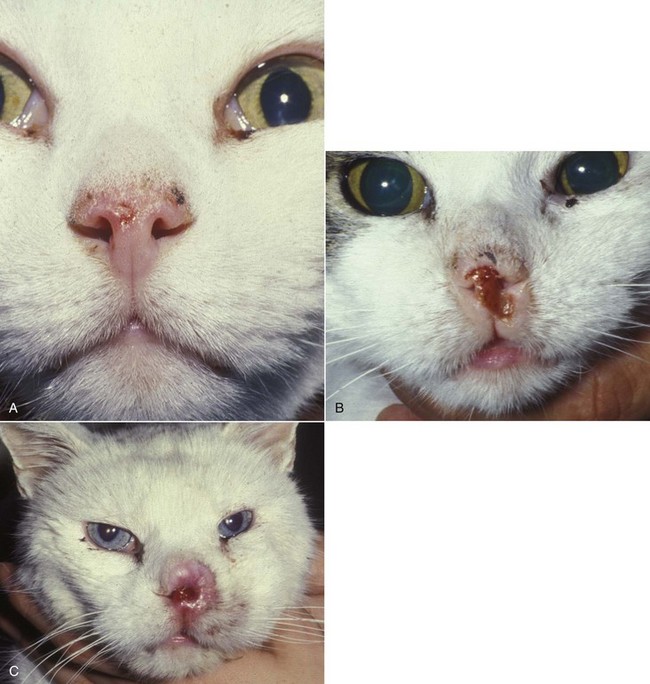
Tumors Of The Respiratory System Veterian Key

Cat 6 Squamous Cell Carcinoma On Nose Stage T2 One Ect Session Download Scientific Diagram

Viruses Free Full Text Identification Of A Novel Papillomavirus Associated With Squamous Cell Carcinoma In A Domestic Cat Html
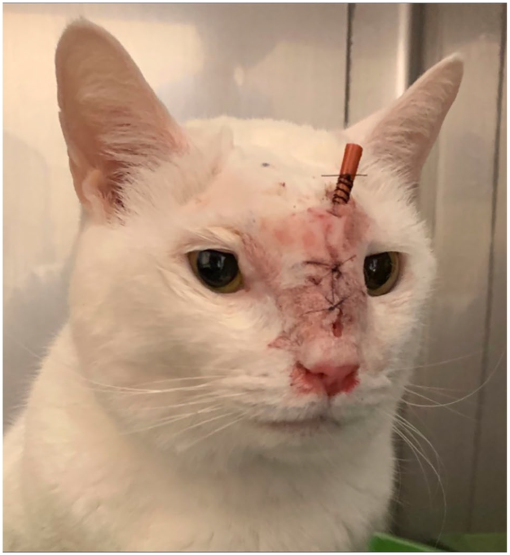
Facial Distortion Due To Chronic Inflammation Of Unknown Cause In A Cat
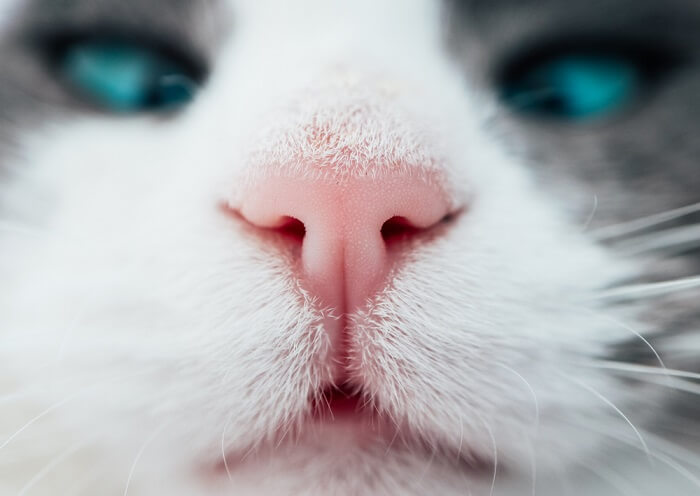
Nose Cancer In Cats Causes Symptoms Treatment All About Cats
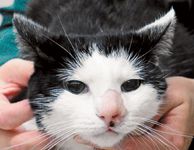
Canine And Feline Nasal Tumors

Nasal Squamous Cell Carcinoma In Cats Veterinary Partner Vin
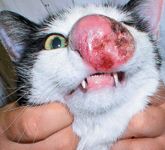
Canine And Feline Nasal Tumors

Diseases Of The Feline Nasal Planum Vet Focus
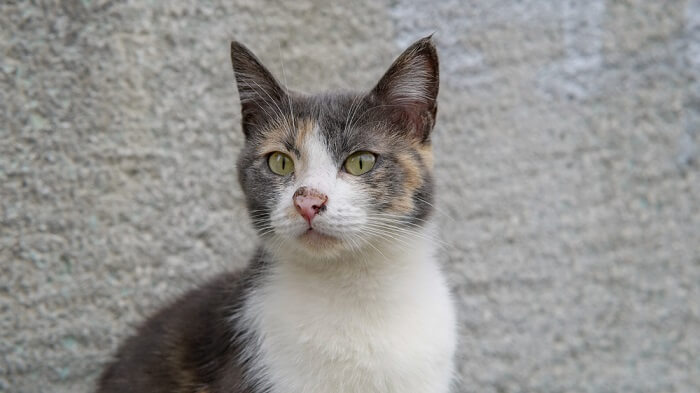
Nose Cancer In Cats Causes Symptoms Treatment All About Cats

Nasal Squamous Cell Carcinoma In Cats Veterinary Partner Vin

Nasal Squamous Cell Carcinoma In A Cat Treated With One Session Of Download Scientific Diagram
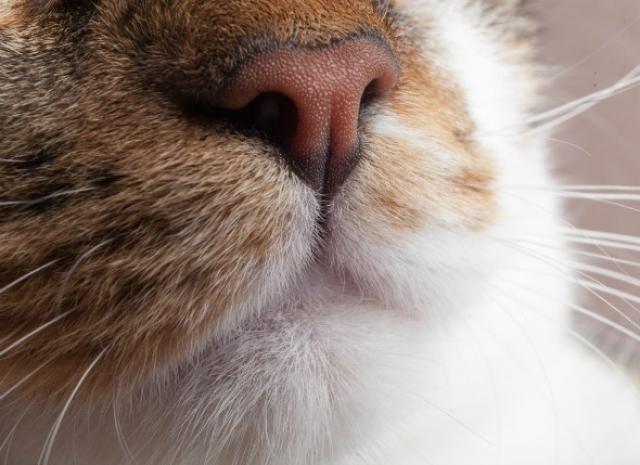
Nose And Sinus Cancer Squamous Cell Carcinoma In Cats Petmd

Diseases Of The Feline Nasal Planum Vet Focus

Learn About Nasal Cancer In Cats Petcure Oncology

Cat 7 Squamous Cell Carcinoma On Nose Stage T4 Two Sessions Of Download Scientific Diagram

Facial Distortion And Epiphora In A Cat With A High Grade Large B Cell Download Scientific Diagram
